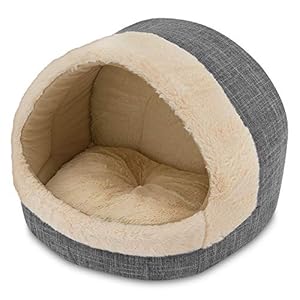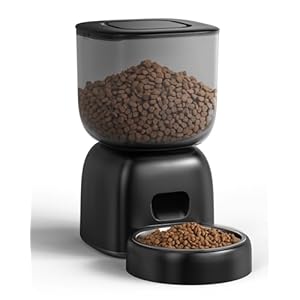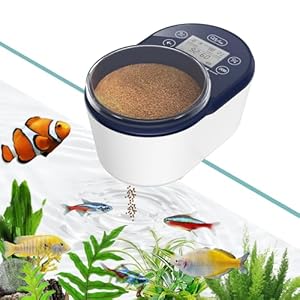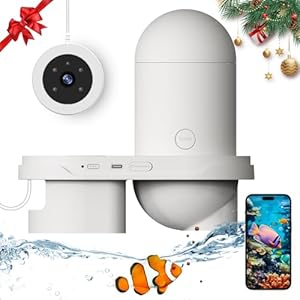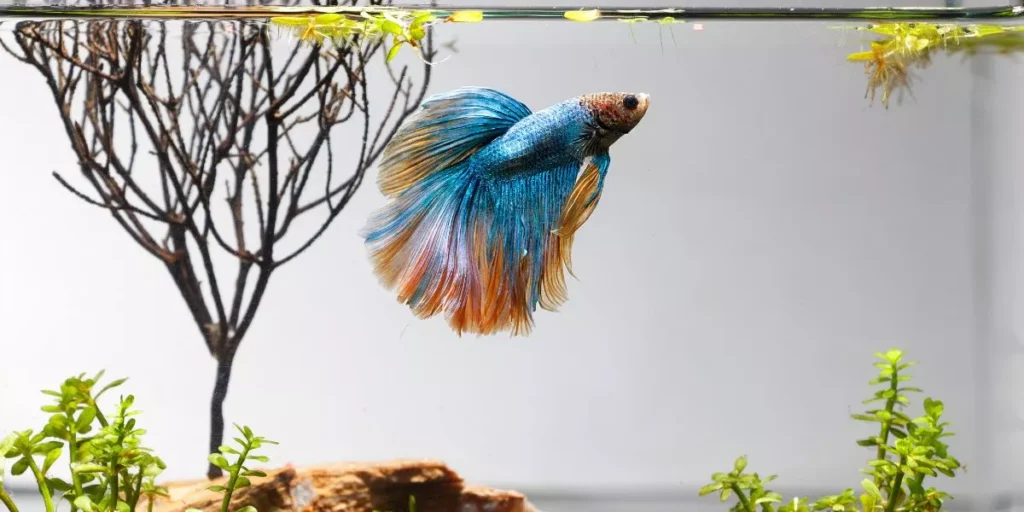
When setting up a betta fish tank, having the right supplies is key to creating a comfortable habitat for your finned friend. From the size of the tank to the intricacies of filtration systems and heating devices, each component plays a crucial role in maintaining a healthy aquatic environment. But remember, there’s one more vital aspect to consider that often gets overlooked, and it could make all the difference in your betta’s well-being.
Tank
When selecting a tank for your betta fish, prioritize a size of at least 5 gallons to ensure ample space for optimal comfort and health. Betta fish are active and curious creatures that need room to swim and explore. In a smaller tank, they may feel cramped, stressed, and their health could suffer. A larger tank provides more stable water conditions and dilutes toxins, reducing the frequency of water changes.
Choose a tank that’s longer rather than taller as bettas are labyrinth fish that breathe air from the surface. A long tank gives them more horizontal swimming space and easier access to take a breath. Ensure the tank has a lid or cover to prevent your betta from jumping out, as they’re known to be skilled jumpers.
Adding live or silk plants, caves, and decorations can create hiding spots and resting areas, enriching your betta’s environment. Remember to place the tank away from direct sunlight and drafts to maintain stable water temperatures.
Filtration
For optimal water quality and a healthy environment for your betta fish, consider the filtration system for your tank. Filtration plays a crucial role in maintaining clean water by removing debris, uneaten food, and fish waste that can harm your betta. There are three main types of filtration systems to choose from: mechanical, biological, and chemical.
Mechanical filtration works by physically trapping particles as water passes through the filter media. This helps in removing large debris and solid waste, preventing them from decaying and affecting water quality. Biological filtration, on the other hand, utilizes beneficial bacteria to break down harmful ammonia and nitrites produced by fish waste into less harmful nitrates. Lastly, chemical filtration involves using activated carbon or other chemical media to absorb impurities and odors from the water.
When selecting a filtration system for your betta tank, ensure it’s appropriately sized for your tank’s volume and that it provides both mechanical and biological filtration. Regular maintenance, such as cleaning or replacing filter media, is essential to ensure the filtration system functions effectively.
Heating
Consider using a reliable aquarium heater to maintain the optimal water temperature for your betta fish. Betta fish are tropical creatures and thrive in water that’s consistently between 75-80°F (24-27°C). A heater ensures that your betta’s environment remains stable, preventing temperature fluctuations that could stress or harm your fish.
When selecting an aquarium heater, opt for one that’s specifically designed for the size of your tank. It’s crucial to follow the manufacturer’s instructions for installation and set the heater to the appropriate temperature range for bettas.
To monitor the water temperature accurately, consider investing in a thermometer that can be placed inside the tank. This allows you to keep a close eye on the temperature and make any necessary adjustments to the heater.
Remember to regularly check the heater to ensure it’s functioning correctly. Sudden temperature changes can be detrimental to your betta’s health, so having a reliable heater is essential for creating a comfortable and stable habitat for your fish.
Water Maintenance
Maintain the cleanliness of your betta fish tank by regularly performing water maintenance tasks to ensure a healthy environment for your pet. To keep your betta fish thriving, you should conduct regular water changes. Aim to replace about 25-50% of the tank water every 1-2 weeks. Use a siphon or a small aquarium vacuum to remove debris, uneaten food, and fish waste from the gravel during water changes. This will help prevent the buildup of harmful substances like ammonia and nitrates.
Additionally, invest in a reliable water testing kit to monitor important parameters such as pH, ammonia, nitrite, and nitrate levels. Testing the water regularly will allow you to catch any imbalances early and take corrective actions. When adding new water to the tank during water changes, make sure to treat it with a water conditioner to remove chlorine, chloramine, and heavy metals.
Decorations
To enhance your betta fish tank environment, explore creative options for adding decorations that not only beautify the space but also provide enrichment for your pet. Decorations in your betta fish tank serve more than just an aesthetic purpose; they also offer hiding spots, resting areas, and stimulation for your fish.
Live plants like java fern or marimo moss balls not only oxygenate the water but also create a natural habitat for your betta. Consider adding driftwood or caves to provide shelter and encourage natural behaviors. Smooth rocks and gravel not only contribute to the visual appeal but also create territories within the tank for your betta to explore.
When selecting decorations, ensure they’re safe for your betta. Avoid sharp edges or small openings where your fish could get stuck. It’s essential to clean and inspect decorations regularly to prevent any buildup of harmful bacteria. Remember to arrange your decorations thoughtfully to create a visually pleasing and engaging environment for your betta fish to thrive.
Trending Products






